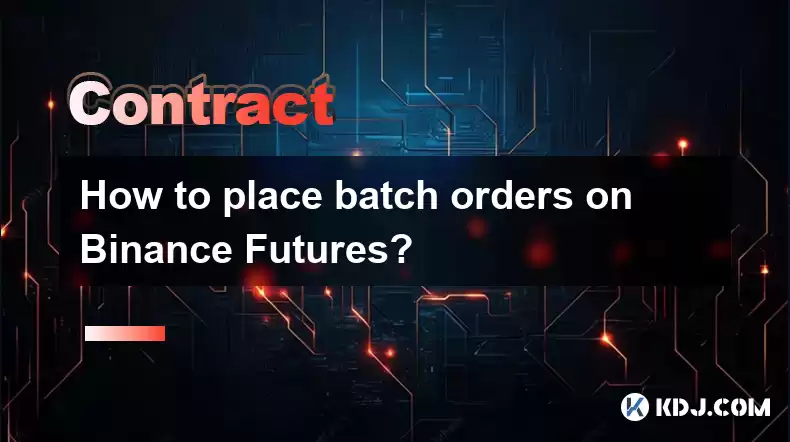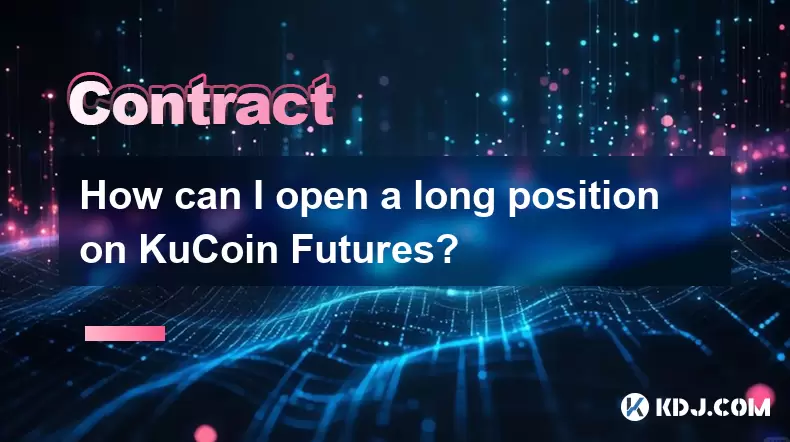-
 Bitcoin
Bitcoin $116700
0.24% -
 Ethereum
Ethereum $3973
4.34% -
 XRP
XRP $3.283
7.68% -
 Tether USDt
Tether USDt $1.000
0.01% -
 BNB
BNB $789.8
2.27% -
 Solana
Solana $176.2
3.31% -
 USDC
USDC $0.9999
0.00% -
 Dogecoin
Dogecoin $0.2238
5.14% -
 TRON
TRON $0.3389
-0.51% -
 Cardano
Cardano $0.7907
4.03% -
 Stellar
Stellar $0.4527
10.02% -
 Hyperliquid
Hyperliquid $41.07
4.27% -
 Sui
Sui $3.794
1.77% -
 Chainlink
Chainlink $19.49
10.40% -
 Bitcoin Cash
Bitcoin Cash $580.9
0.74% -
 Hedera
Hedera $0.2617
4.32% -
 Avalanche
Avalanche $23.41
3.67% -
 Ethena USDe
Ethena USDe $1.001
-0.03% -
 Litecoin
Litecoin $122.4
1.38% -
 Toncoin
Toncoin $3.364
1.49% -
 UNUS SED LEO
UNUS SED LEO $8.988
0.37% -
 Shiba Inu
Shiba Inu $0.00001295
2.82% -
 Uniswap
Uniswap $10.62
5.75% -
 Polkadot
Polkadot $3.922
4.46% -
 Dai
Dai $1.000
0.01% -
 Bitget Token
Bitget Token $4.494
2.15% -
 Monero
Monero $268.0
-1.30% -
 Cronos
Cronos $0.1523
3.68% -
 Pepe
Pepe $0.00001127
4.43% -
 Aave
Aave $285.4
4.85%
How to place batch orders on Binance Futures?
Binance Futures lacks a built-in batch order feature; users must employ the API and scripting (often Python) or third-party tools, carefully managing risks inherent in automated trading.
Mar 24, 2025 at 02:21 am

Key Points:
- Binance Futures doesn't offer a single, built-in "batch order" feature like some other platforms.
- Achieving batch order functionality requires using third-party tools or scripting.
- API access is crucial for automated batch order placement.
- Understanding risk management is paramount when automating trades.
- Different strategies necessitate different approaches to batch ordering.
How to Place Batch Orders on Binance Futures?
Binance Futures, unlike some centralized exchanges, doesn't provide a direct "batch order" function within its user interface. This means you can't simply input multiple orders simultaneously through the standard trading interface. However, there are several workarounds to achieve similar functionality, each with its own level of complexity and risk.
The most common method involves using the Binance Futures API. This application programming interface allows programmatic interaction with the exchange. By writing scripts (often in Python), you can automate the placement of multiple orders according to your defined parameters. This offers significant advantages for high-frequency trading and algorithmic strategies.
To utilize the API, you'll first need to generate API keys with appropriate permissions on your Binance Futures account. Remember to secure these keys carefully; compromising them could lead to significant financial losses. After generating the keys, you'll need to choose a suitable programming language and library to interact with the API.
Many developers favor Python due to its extensive libraries for data analysis and automation. Libraries like python-binance simplify the process of connecting to the Binance Futures API and sending order requests. You'll need to familiarize yourself with the API documentation to understand the parameters required for placing different order types (market, limit, stop-limit, etc.).
- Step 1: Obtain API Keys: Access your Binance Futures account and generate API keys with the necessary permissions (e.g., trade).
- Step 2: Choose a Programming Language and Library: Select a programming language (Python is popular) and an appropriate API library.
- Step 3: Write Your Script: Develop a script that connects to the API and sends your batch order requests. This will involve defining order parameters (symbol, side, type, quantity, price, etc.) for each order.
- Step 4: Test Thoroughly: Test your script extensively in a simulated environment (e.g., using testnet) before deploying it to live trading. This minimizes the risk of errors resulting in significant losses.
- Step 5: Implement Risk Management: Integrate robust risk management techniques into your script to protect against unexpected market movements or errors. This could involve setting stop-loss orders or limiting the total amount of capital at risk.
Alternatively, some third-party trading platforms offer batch order capabilities, and some of these can connect to Binance Futures. However, using such platforms introduces additional dependencies and security considerations. Always thoroughly research any third-party tool before integrating it with your Binance Futures account.
Understanding the specific order types is essential. For instance, if you are aiming to hedge your positions, you'll need to place simultaneous long and short orders. Your script must handle the intricacies of different order types and their associated parameters. For strategies involving market orders, the price execution will differ from limit orders. Your script should account for this.
The choice of a suitable strategy dictates the specific implementation of your batch order script. For instance, a mean reversion strategy might require placing many small orders across a range of prices, while an arbitrage strategy would focus on simultaneous buys and sells on different exchanges. The complexity of the script increases with the sophistication of the trading strategy.
Remember that automated trading involves significant risks. Market volatility can quickly negate even the most carefully planned strategies. Always conduct thorough backtesting and use risk management techniques to minimize potential losses. Thorough understanding of market dynamics and technical analysis is critical before employing any automated batch trading system.
Common Questions:
Q: Is there a built-in batch order function on Binance Futures?
A: No, Binance Futures does not have a native batch order feature within its user interface. Batch order functionality needs to be implemented through external tools or programming.
Q: What are the risks associated with using API keys for automated trading?
A: Compromised API keys can grant unauthorized access to your account, leading to the loss of funds. Always secure your API keys and use strong, unique passwords. Employ multi-factor authentication wherever possible.
Q: What programming languages are commonly used for Binance Futures API interaction?
A: Python is widely used due to its extensive libraries and ease of use, but other languages are also possible. The choice depends on your programming skills and preferences.
Q: Can I use third-party software to place batch orders on Binance Futures?
A: Yes, some third-party trading platforms and tools offer connectivity to the Binance Futures API and might provide batch order features. However, always vet these platforms carefully for security and reliability.
Q: What is the best strategy for batch ordering on Binance Futures?
A: There's no single "best" strategy. The optimal approach depends on your trading goals, risk tolerance, and market conditions. Strategies range from simple mean reversion to sophisticated arbitrage algorithms.
Disclaimer:info@kdj.com
The information provided is not trading advice. kdj.com does not assume any responsibility for any investments made based on the information provided in this article. Cryptocurrencies are highly volatile and it is highly recommended that you invest with caution after thorough research!
If you believe that the content used on this website infringes your copyright, please contact us immediately (info@kdj.com) and we will delete it promptly.
- Coinbase, Cosmos, and dYdX: Navigating the Crypto Currents
- 2025-08-09 06:30:16
- BNB Price, Altcoins, and Predictions: What's the Buzz?
- 2025-08-09 06:30:16
- Crypto Presale Projects Primed for Gains in 2025: A New Yorker's Take
- 2025-08-09 06:50:15
- Ruvi AI: The Millionaire Maker Poised for a Price Spike?
- 2025-08-09 06:50:15
- Cold Wallet, CoinMarketCap, Cardano & XRP: Navigating Crypto's Next Big Wave
- 2025-08-09 07:10:15
- Hedera (HBAR) Price Surge: Market Cap Soars, What's Next?
- 2025-08-09 07:10:15
Related knowledge

What is the difference between realized and unrealized PNL on KuCoin?
Aug 09,2025 at 01:49am
Understanding Realized and Unrealized PNL on KuCoinWhen trading on KuCoin, especially in futures and perpetual contracts, understanding the distinctio...

How does KuCoin Futures compare against Binance Futures in terms of features?
Aug 09,2025 at 03:22am
Trading Interface and User ExperienceThe trading interface is a critical component when comparing KuCoin Futures and Binance Futures, as it directly i...

What is the distinction between mark price and last price on KuCoin?
Aug 08,2025 at 01:58pm
Understanding the Basics of Price in Cryptocurrency TradingIn cryptocurrency exchanges like KuCoin, two key price indicators frequently appear on trad...

What are the specific maker and taker fees on KuCoin Futures?
Aug 08,2025 at 08:28am
Understanding Maker and Taker Fees on KuCoin FuturesWhen trading on KuCoin Futures, users encounter two primary types of fees: maker fees and taker fe...

Can you explain the difference between cross margin and isolated margin on KuCoin?
Aug 09,2025 at 02:57am
Understanding Margin Trading on KuCoinMargin trading on KuCoin allows traders to borrow funds to increase their trading position beyond their actual c...

How can I open a long position on KuCoin Futures?
Aug 09,2025 at 02:07am
Understanding KuCoin Futures and Long PositionsOpening a long position on KuCoin Futures means you are speculating that the price of a cryptocurrency ...

What is the difference between realized and unrealized PNL on KuCoin?
Aug 09,2025 at 01:49am
Understanding Realized and Unrealized PNL on KuCoinWhen trading on KuCoin, especially in futures and perpetual contracts, understanding the distinctio...

How does KuCoin Futures compare against Binance Futures in terms of features?
Aug 09,2025 at 03:22am
Trading Interface and User ExperienceThe trading interface is a critical component when comparing KuCoin Futures and Binance Futures, as it directly i...

What is the distinction between mark price and last price on KuCoin?
Aug 08,2025 at 01:58pm
Understanding the Basics of Price in Cryptocurrency TradingIn cryptocurrency exchanges like KuCoin, two key price indicators frequently appear on trad...

What are the specific maker and taker fees on KuCoin Futures?
Aug 08,2025 at 08:28am
Understanding Maker and Taker Fees on KuCoin FuturesWhen trading on KuCoin Futures, users encounter two primary types of fees: maker fees and taker fe...

Can you explain the difference between cross margin and isolated margin on KuCoin?
Aug 09,2025 at 02:57am
Understanding Margin Trading on KuCoinMargin trading on KuCoin allows traders to borrow funds to increase their trading position beyond their actual c...

How can I open a long position on KuCoin Futures?
Aug 09,2025 at 02:07am
Understanding KuCoin Futures and Long PositionsOpening a long position on KuCoin Futures means you are speculating that the price of a cryptocurrency ...
See all articles

























































































